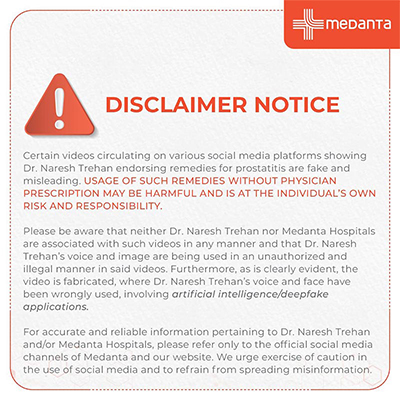What Are the Symptoms of Pancreatic Cancer?

Pancreatic cancer is a condition that often goes unnoticed in its early stages, making it challenging to detect and treat. Early pancreatic cancers usually don’t show noticeable symptoms and may even go undetected during routine medical check-ups. By the time symptoms appear, the cancer may have grown and spread beyond the pancreas.

It’s important to understand that the symptoms of pancreatic cancer are not specific and may be caused by other conditions. If you have been experiencing one or more of these symptoms for an extended period, it’s wise to consult a doctor for a thorough evaluation. Here’s what you need to know about the signs and symptoms of pancreatic cancer.
Common Symptoms of Pancreatic Cancer
1. Jaundice and Related Symptoms
One of the first signs of pancreatic cancer is jaundice, a yellowing of the skin and eyes. It happens due to a buildup of bilirubin, a substance made by the liver. Normally, bilirubin is carried out of the body through bile, but if the bile duct becomes blocked, bilirubin levels can rise, causing:
Yellow skin and eyes: The most visible sign of jaundice.
Dark urine: Urine may appear dark yellow or brown.
Light-colored or greasy stools: A sign that bile isn’t reaching the intestines.
Itchy skin: Caused by bilirubin accumulating under the skin.
Jaundice can also be caused by conditions like hepatitis or gallstones, which are more common than pancreatic cancer. That’s why it’s crucial to identify the root cause.
2. Belly or Back Pain
Pain in the abdomen or back is another common symptom. It occurs when pancreatic tumors press on nearby organs or nerves. While abdominal or back pain can result from various conditions, persistent or unusual pain should not be ignored.
3. Unintended Weight Loss
Losing weight without trying is a common sign of many types of cancer, including pancreatic cancer. This may happen due to a loss of appetite or difficulty digesting food.
4. Poor Appetite
A reduced desire to eat is often linked to pancreatic cancer. This occurs when the cancer affects the production of digestive enzymes, making it harder for the body to break down food.
5. Nausea and Vomiting
When a pancreatic tumor puts pressure on the stomach, it can lead to nausea, vomiting, and discomfort, especially after eating.
6. Enlarged Gallbladder or Liver
Blockages in the bile duct can cause bile to accumulate, leading to an enlarged gallbladder. This may feel like a lump under your ribcage on the right side. Similarly, if the cancer spreads to the liver, the liver may also enlarge, which a doctor can detect during a physical exam.
7. Blood Clots
In some cases, the first sign of pancreatic cancer may be a blood clot in a large vein, often in the leg (known as deep vein thrombosis or DVT). Symptoms include:
Pain and swelling in the affected area
Redness and warmth over the vein
If a piece of the clot travels to the lungs, it can cause severe chest pain and breathing difficulty, a condition called pulmonary embolism (PE). However, blood clots can also be caused by other conditions.
8. Diabetes
Pancreatic cancer can sometimes lead to diabetes by affecting the cells that produce insulin. Symptoms of diabetes may include:
Excessive thirst
Increased hunger
Frequent urination
Even minor changes in blood sugar levels can signal a problem, which can be identified through routine blood tests.
Conclusion
Pancreatic cancer is difficult to detect early, which is why being aware of its symptoms is vital. If you notice persistent changes in your health, such as jaundice, abdominal pain, or unexplained weight loss, consult your healthcare provider promptly. Early detection can make a significant difference in treatment outcomes.
Stay informed, prioritize regular health check-ups, and seek medical advice if you experience any unusual or long-lasting symptoms.


